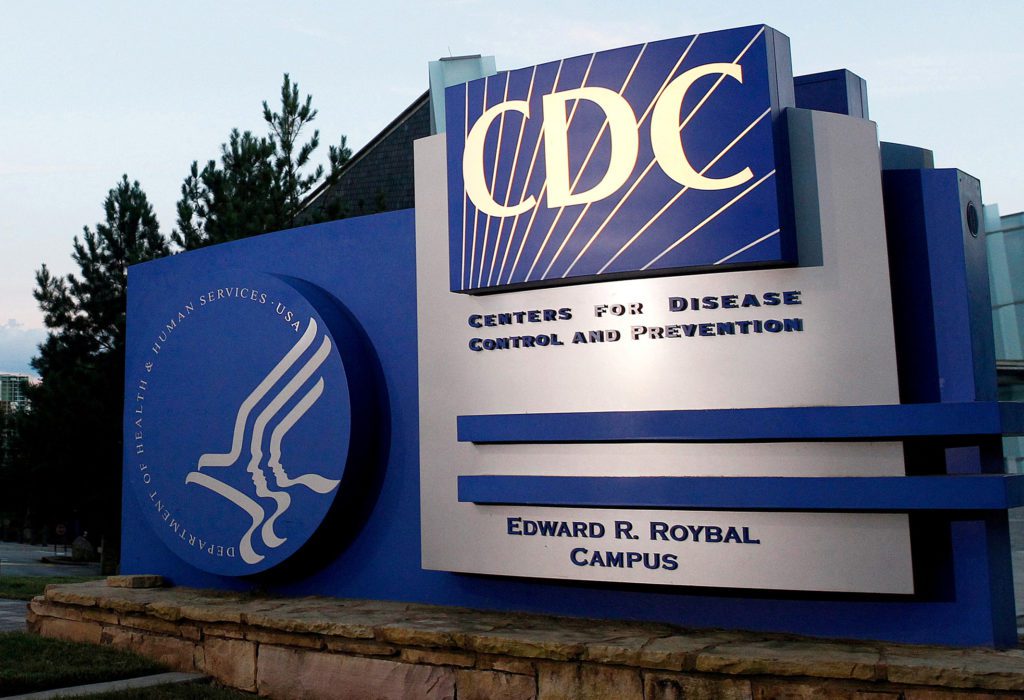
Study Reveals Silent Spread of Bird Flu Among Veterinarians
A recent study published by the Centers for Disease Control and Prevention (CDC) has unveiled that bird flu may have silently transmitted from animals to certain veterinarians. This research aligns with two earlier studies that identified evidence of H5N1 infection in previously undiagnosed farmworkers. Interestingly, while several farmworkers reported past symptoms of bird flu, the veterinarians involved in the new study did not recall experiencing any similar symptoms.
Evidence Suggests Underreported Bird Flu Cases
Dr. Gregory Gray, an infectious disease researcher at the University of Texas Medical Branch, indicated that the official count of confirmed human bird flu cases in the U.S.—68 in the past year—likely represents a substantial underreporting. “This suggests that individuals are getting infected in their professions without showing noticeable symptoms, leading them to forgo seeking medical assistance,” Gray explained. He cautioned that relying solely on data from symptomatic patients limits officials’ understanding of how bird flu spreads.
Research Methodology and Findings
In September 2024, CDC researchers attended a veterinary conference organized by the American Association of Bovine Practitioners in Columbus, Ohio. They enlisted 150 veterinarians from 46 states to participate in a questionnaire and have their blood tested. None of the participants reported typical bird flu symptoms, such as red eyes.
Upon testing, 2% (three veterinarians) exhibited antibodies indicating past H5N1 infection. All three had experience with dairy cattle and other animals, though none acknowledged working with a herd previously identified as infected, aside from one who had been in contact with an infected flock of poultry.
Previous Studies Highlight Unnoticed Infections
In a separate study conducted last year, Gray and his colleagues examined 14 dairy farmworkers, finding that 14% exhibited signs of prior infections, though both had experienced unrecognized symptoms. Similarly, another CDC study involving 115 dairy workers discovered that 7% had recent infection evidence in their bloodstream, with half recalling illness.
Gray emphasized that these studies were too limited in scope to generate precise estimates of undiagnosed infections. However, even a small infection rate could imply that hundreds or even thousands of Americans might have been infected through their work with animals.
Cautions and Insights from Experts
Jacqueline Nolting, a researcher at Ohio State University who collaborated with the CDC on the recent study, pointed out that available research implies those infected with H5N1 develop antibody responses, which may confer some level of natural immunity. While this is reassuring, Nolting warned that any mutations of the virus leading to severe illness or easier transmission among people would pose a significant risk.
The H5N1 bird flu has been widespread among various species, including wild birds, poultry, and livestock, which increases the likelihood of human exposure. Currently, the CDC assesses the risk level for the general public as low. Nevertheless, officials emphasize the importance of taking precautions—such as wearing protective gear—when handling sick or deceased birds.
Keith Poulsen, director of the Wisconsin Veterinary Diagnostic Laboratory, noted that there is no doubt the virus is circulating more widely than reported. He anticipates increased guidance for veterinarians on protective measures to prevent virus transmission.
This article incorporates contributions from Associated Press writer JoNel Aleccia.









